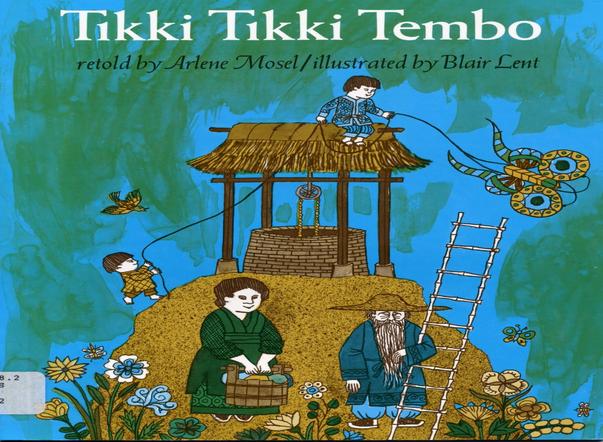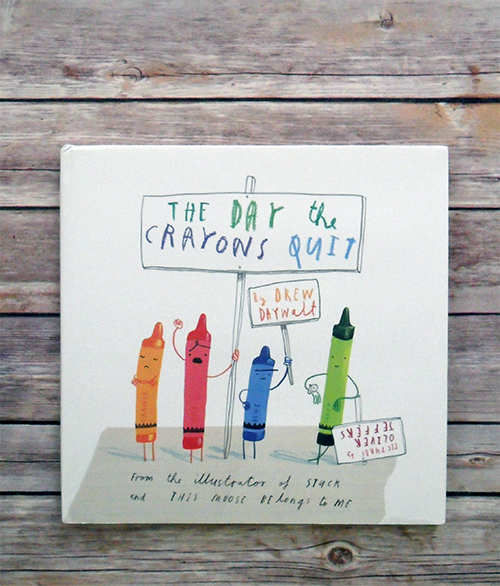You’re Never too Old to be Young: Using Picture Books with Older Students ~ Part 1
“A children’s story that can only be enjoyed by children is not a good children’s story in the slightest.”
― C.S. Lewis
There are very few things in this world that I love more than picture books. As a high school teacher, for a while I was sad that I wasn’t able to teach the literature that truly made me love reading at such a young age…then I had an epiphany. Really, it shouldn’t have been such an “Ah ha!” moment, but it was. Why can’t I use these books I adore so dearly to teach my students high school level concepts!?! That was the beginning of my love affair with using children’s books for older students. And guess what? They love it.
It always makes me sad when I mention one of my favorite picture book titles to my students and they look at me with a blank stare. Nothing. No recognition. I decided it was time to fix any deficiencies in their picture book upbringing and introduce them to these books myself. In this post, I’m going to discuss a few ideas I have for using children’s literature to teach more mature concepts.
Alexander and the Terrible, Horrible, No Good, Very Bad Day by Judith Viorst
This book would be perfect for teaching students the concept of “wordy” or “stringy” sentences. I tell my students this type of writing is never acceptable in formal research papers, but it has its place in creative writing. Consider this excerpt:
I went to sleep with gum in my mouth and now there’s gum in my hair and when I got out of bed this morning I tripped on the skateboard and by mistake I dropped my sweater in the sink while the water was running and I could tell it was going to be a terrible, horrible, no good, very bad day. (page 1)
Possible questions we could pose to students might include:
- Why does the author smoosh so many thoughts together using coordinating conjunctions?
- What effect does the lack of punctuation have on the reader?
- How would the mood and tone be different if this paragraph were punctuated more formally?
- Why does the author use such a wordy, redundant phrase: “terrible, horrible, no good, very bad day”? Why and how is this more effective than only using one modifier?
Tikki Tikki Tembo retold by Arlene Mosel
Repetition! Repetition! Repetition! I wasn’t expecting my two-year old and four-year old to love this story so much, but they do. I think it’s because of the repetition picture books often contain. Like stringiness, repetition is one of those techniques I don’t want my students practicing very often because it can easily be overdone. Still, it’s fun and advantageous to talk about how repetition can be used for effect in writing.
Some of the words and phrases repeated in this story include:
- Tikki tikki tembo-no sa rembo-chari bari ruchi-pip peri pembo
- Step over step, step over step he went into the well, picked up little Chang, and step over step, step over step brought him out of the well.
- He pumped the water out of him and pushed the air into him, and pumped the water out of him and pushed the air into him…
After reading, we might ask our students to think about some of these ideas:
- What is the point the author is trying to make when poor little Chang has to repeat his brother’s name over and over again?
- What is the effect of repeating phrases like “step over step” and “pumped the water out of him and pushed the air into him”?
- How are some of these repetitive phrases similar to onomatopoeias?
The Day the Crayons Quit by Drew Daywalt
Tone and mood. What more can I say? This book is perfect for analyzing the tone and mood with each crayon and the letter it writes to Duncan. The yellow and orange crayons are clearly bitter and jealous, the pink one feels slighted, the blue crayon is tired, and the peach one is totally embarrassed! While the tone definitely varies per crayon, the mood overlaps somewhat. Still, there are discernible variations with respect how we feel as each crayon shares its sob story on paper. For ideas on teaching tone and mood, check out this original activity and graphic organizer.
If you are interested in spicing in up your grammar lessons, this book would also work well for identifying infinitives. To see what I mean, explore this mentor sentence infinitive exercise.
In the second part of this series, I’ll be addressing additional ideas for teaching literary terms and grammar through more beloved picture books. Which children’s books are your favorite(s)? Drop the titles in the comments!


